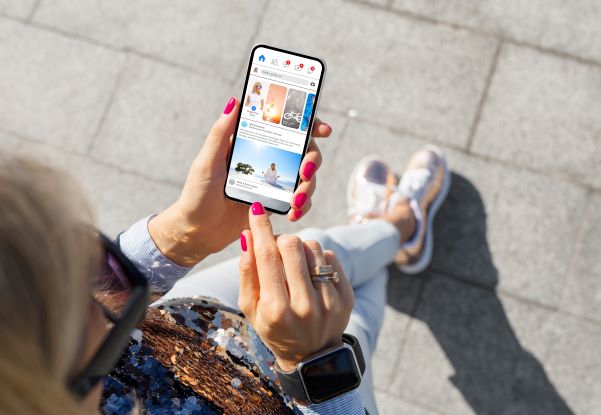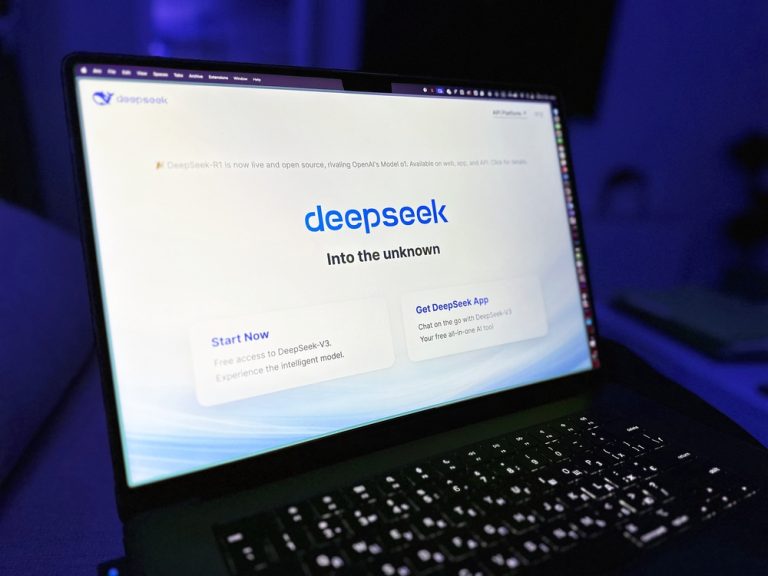More ADA Lawsuits Targeting Mobile Apps Are Likely Ahead
More ADA Lawsuits Targeting Mobile Apps Are Likely Ahead
The Ninth Circuit earlier this year in Robles v. Domino’s Pizza, LLC, became the first circuit to expressly extend Title III of the Americans with Disabilities Act (ADA) to mobile applications (apps).[i] Among other things, Robles alleged in his complaint that, in addition to the website, he tried multiple times to order customized pizzas on the company’s mobile app, but that he “was unable to place his order due to accessibility barriers of unlabeled buttons that do not conform to Apple’s iOS accessibility guidelines.”[ii] In reversing the trial court, the appellate court held that the ADA applies to Domino’s website and app, which connect customers to the goods and services of Domino’s physical restaurants. Perhaps because of the Ninth Circuit’s ruling, businesses had been seeing an uptick in the number of pre-suit demands targeting the accessibility of apps. On October 7, 2019, the Supreme Court denied Domino’s petition for certiorari, leaving in place the Ninth Circuit’s ruling.[iii] Consequently, we anticipate ADA lawsuits focused on the inaccessibility of mobile apps will continue to proliferate.
The Supreme Court in another case recently observed that apps allow users to “send messages, take photos, watch videos, buy clothes, order food, arrange transportation, purchase concert tickets, donate to charities, and the list goes on. ‘There’s an app for that’ has become part of the 21st-century American lexicon.” Thus far, however, most lawsuits in the crowded field of digital accessibility have focused primarily on the inaccessibility of websites. As a result, businesses may have overlooked the fact that their apps are equally at risk for such claims. Now is the time for companies to review their mobile apps’ compliance with the ADA and to develop a remediation plan that will limit exposure to these lawsuits.
The accessibility of mobile apps is not a new issue. However, legal and industry guidance regarding the accessibility of mobile apps has been even less defined than the accessibility of businesses’ websites. In 2014, the Department of Justice in its consent decrees began requiring that the mobile apps of companies such as H&R Block Inc. comply with the Web Content Accessibility Guidelines (WCAG) 2.0 AA.[iv] But because WCAG was developed for the web, it was not always clear how to apply such guidelines to mobile apps. Additionally, technologies have changed since WCAG 2.0 was released in December of 2008, which meant that there were gaps in the coverage of the guidelines. To determine how each WCAG 2.0 requirement (Success Criterion) could be met in different contexts of use, such as with mobile apps, requires some interpretation to say the least.
In an effort to provide much-needed guidance, the World Wide Web Consortium (W3C)’s Web Accessibility Initiative (WAI) formed a task force to determine the application of WCAG 2.0 to non-web contexts. In September of 2013, the W3C-WAI published the note, “Guidance on Applying WCAG 2.0 to Non-Web Information and Communications Technologies (WCAG2ICT),” in which the task force found that the majority of Success Criteria from WCAG 2.0 could apply to non-web software with no or only minimal changes.[v] Additionally, in February 2015, W3C released its first public working draft, “Mobile Accessibility: How WCAG 2.0 and Other W3C/WAI Guidelines Apply to Mobile,” which similarly observed that “[m]ost of the advice” in the document also applied to mobile apps.[vi]
The general takeaway from these publications is that WCAG 2.0 is “highly relevant to both web and non-web mobile content and applications,”[vii] therefore, the work that businesses already have done to remediate their websites can be applied to their apps. This is particularly true in the case of a web-based app, which is web content operated through the mobile device’s browser. Because native apps are software-based, companies must consider accessibility early in the development phase and be mindful of designing to interface with the built-in accessibility features of each platform, the most popular of which are iOS and Android.[viii]
There are key distinctions though between apps and desktop, which present unique accessibility issues. For example, apps usually are used on mobile phones and tablets, which mean using touchscreens, small screen sizes and different input modalities. In recognition of the fact that mobile platforms are different, in June of 2018, WAI published the WCAG 2.1 guidelines, which expressly address mobile accessibility. WCAG 2.1 explains that it was developed “to address gaps in WCAG 2.0 related to content and incorporate updated Success Criteria to address content viewed on small display sizes and used with touch and stylus-based input modalities – features particularly common for mobile devices.”[ix]
Specifically, WCAG 2.1 provides 17 additional success criteria, several of which concern mobile accessibility. For example, Success Criterion 1.3.4 Orientation is intended to ensure that content displays in the orientation (portrait or landscape) preferred by the user. The guidance provides that such a requirement is intended to benefit users with dexterity impairments who have a mounted device, for example on a wheelchair, to be able to use the content in their fixed orientation. Another example is Success Criterion 2.5.5 Target Size, which is intended to ensure that target sizes are large enough for users to easily activate them, even if the user accesses content on a small handheld touch screen device, has limited dexterity, or has trouble activating small targets for other reasons. It is important to note that no court or agency with enforcement authority has required implementation of WCAG 2.1, and it is unlikely that compliance with the new standards will be required anytime in the near future. Regardless, businesses struggling with what accessibility means for their mobile apps can review the 2.1 criteria to educate themselves on design issues specific to mobile accessibility.
With lawsuits targeting the accessibility of mobile apps on the rise, the more work that a company proactively undertakes to increase the usability of its mobile apps for the widest possible audience, the better its defense will be should the business become the target of an accessibility lawsuit. In addition, in competitive markets, such proactive work to eliminate barriers to access will ensure that the business’ goods and services are available to all potential consumers. As is the case with website accessibility, companies are best served by working with experienced legal counsel and digital accessibility experts who can navigate in this uncertain territory.
[i] 913 F.3d 898 (9th Cir. 2019).
[ii] Robles alleged that Apple provides iOS accessibility guidelines for its mobile devices like the iPhone, which assist iOS developers to make mobile applications accessible to blind and visually-impaired individuals. Apple’s guidelines are available online at:
[iii] See Domino’s Pizza LLC v. Robles, Case No. 18-1539. Domino’s styled the question presented as “Whether Title III of the ADA requires a website or mobile phone application that offers goods or services to the public to satisfy discrete accessibility requirements with respect to individuals with disabilities.”
[iv] See Consent Decree, Nat’l Fed. of the Blind and United States v. HRB Digital LLC and HRB Tax Group, Inc., No. 1:13-cv-10799-GAO (entered March 25, 2014), available at www.ada.gov/hrb-cd.htm (decree governing the accessibility of H&R Block’s website and requiring its mobile apps to conform to the WCAG 2.0 AA by January 1, 2016).
[v] http://www.w3.org/WAI/GL/2013/WD-wcag2ict-20130905/accordion (last visited October 10, 2019).
[vi] http://www.w3.org/TR/mobile-accessibility-mapping/ (last visited October 10, 2019). WAI’s Education and Outreach Working Group also is developing a “Mobile Accessibility Introduction” with guidance for designers and developers, expected to be completed in late 2019. See http://www.w3.org/WAI/standards-guidelines/mobile/ (last visited October 10, 2019).
[vii] See http://www.w3.org/TR/mobile-accessibility-mapping/ (last visited October 10, 2019).
[viii] See https://webaim.org/projects/screenreadersurvey8/#mobile (last visited October 10, 2019).
[ix] See http://www.w3.org/2017/01/ag-charter (last visited October 10, 2019).
This article was originally published in Law360 on October 16, 2019 and is republished with permission.










